The New Hampshire College of Agriculture and the Mechanical Arts (University of New Hampshire) was founded
In 1866, The New Hampshire College of Agriculture and the Mechanical Arts (University of New Hampshire) was founded.
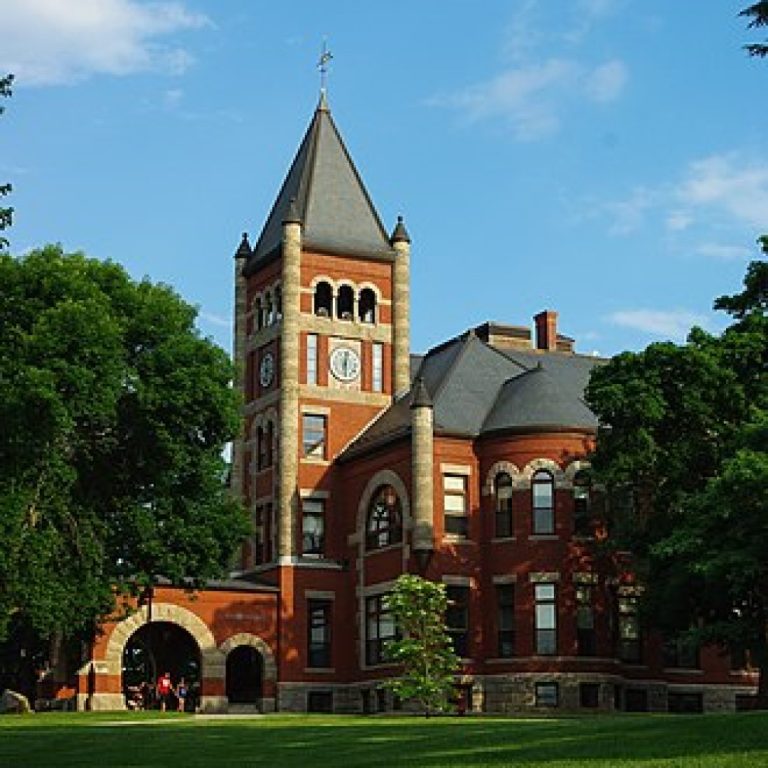
In 1866, The New Hampshire College of Agriculture and the Mechanical Arts (University of New Hampshire) was founded.
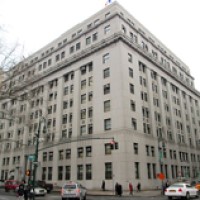
In 1866, The Metropolitan Board of Health was established in New York City at the suggestion of the…
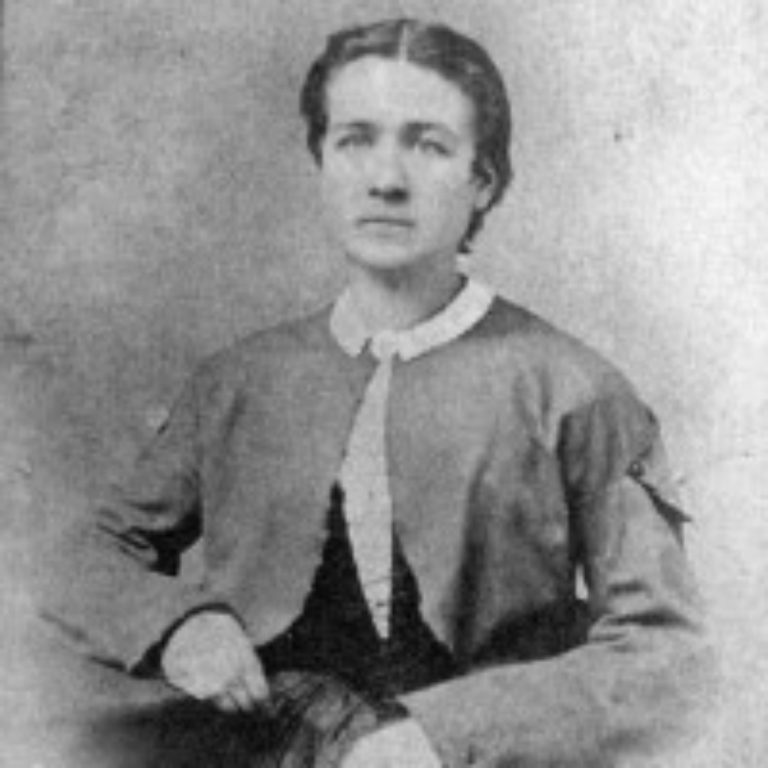
In 1866, Lucy Hobbs became the first woman in the world to receive a doctorate in dentistry. She…
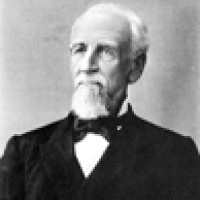
In 1866, the Legislature designated the University of Wisconsin as the Wisconsin land-grant institution.
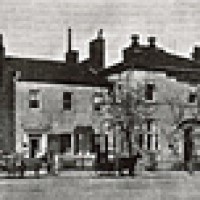
In 1866, the Library of Medicine occupied space in the Riggs Bank building and in the former Ford’s…
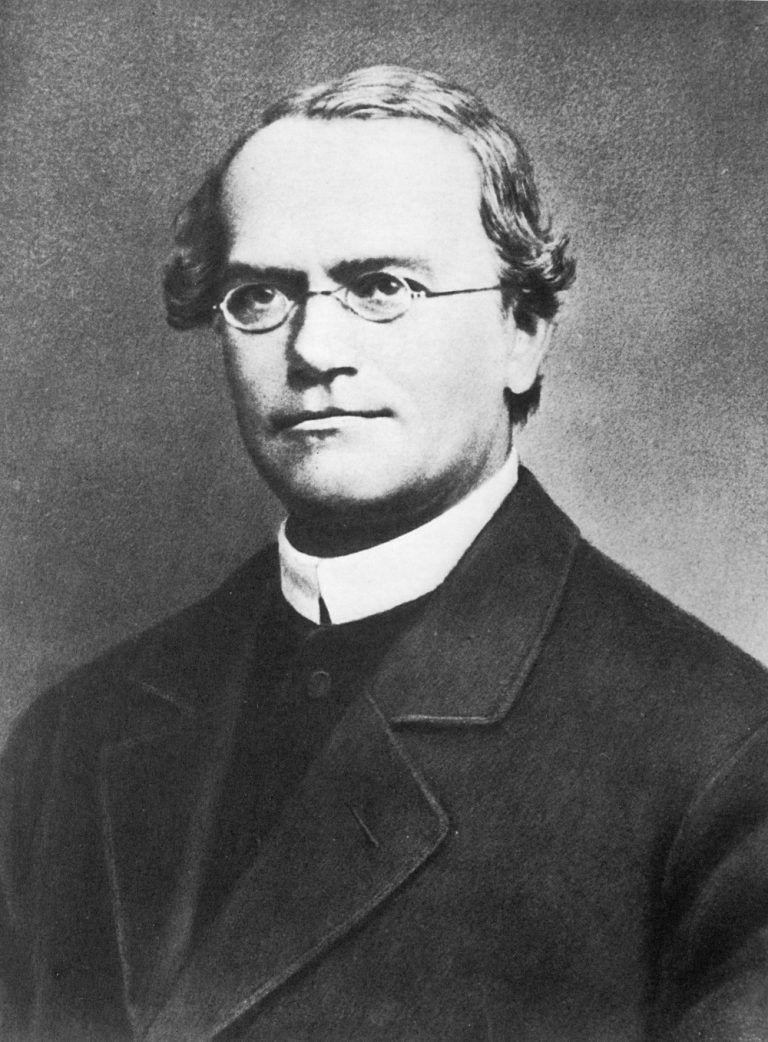
In 1865, Augustinian friar Gregor Mendel, the father of modern genetics, presented his laws of heredity to the…
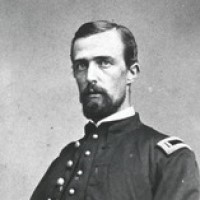
In 1865, John Shaw Billings, MD, 27-year-old lieutenant colonel, pathologist and bibliophile, assigned to supervise the Surgeon General’s…

In 1865, Cargill was founded by William W. Cargill as a small grain elevator in Conover, Iowa. In…
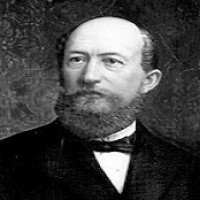
In 1865, The Bayer Company acquired an interest in its first coal-tar dyes factory in Albany, New York.
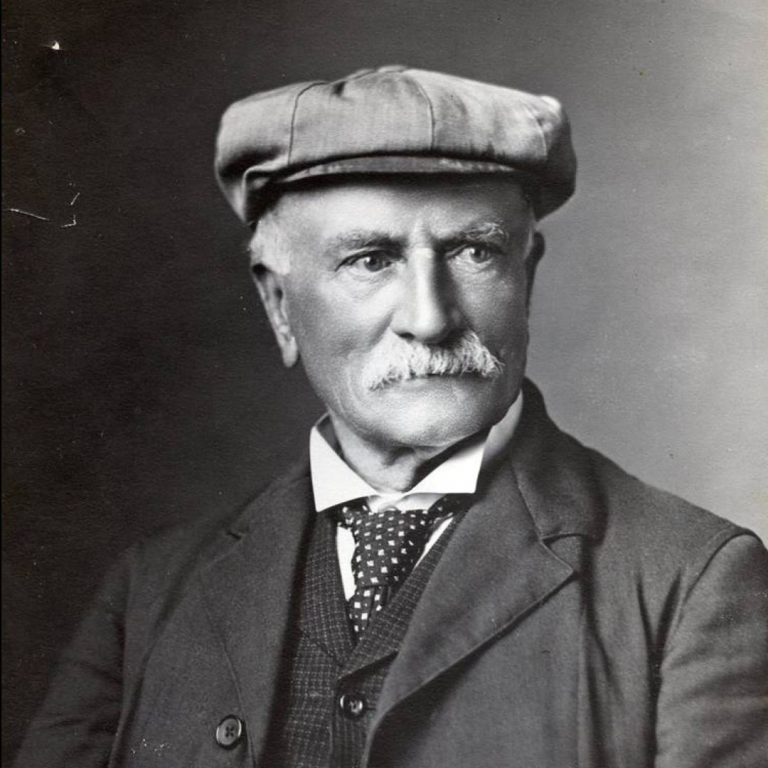
On Jan. 27, 1864, William Worrall Mayo opened a medical practice in Rochester, Minnesota. He had been directed…
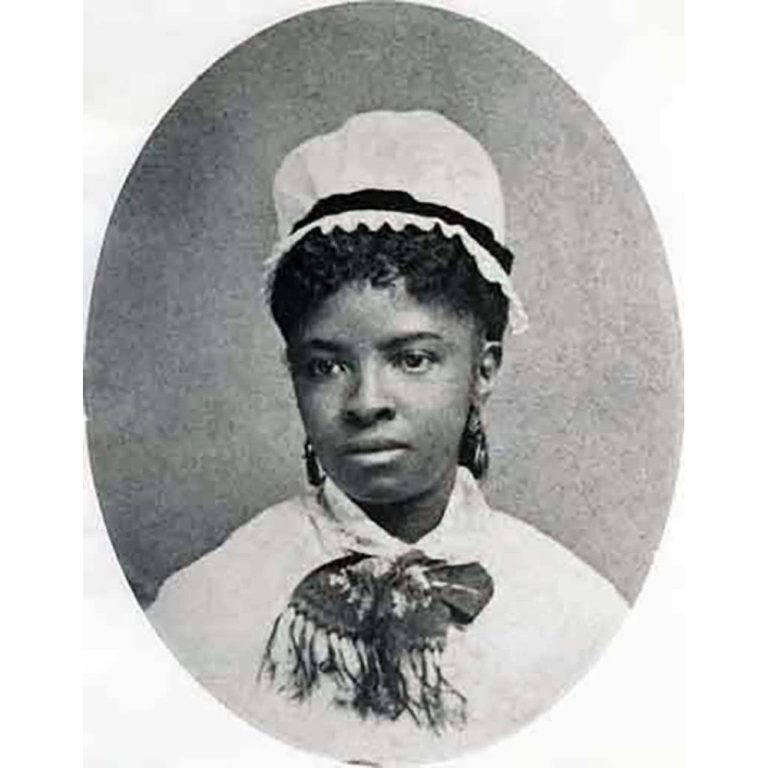
In 1864, Rebecca Lee Crumpler graduated from the New England Female Medical College and becomes the first black…
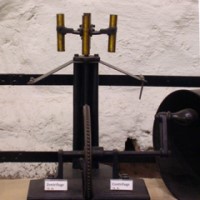
In 1864, Antonin Prandtl invented the first dairy centrifuge in order to separate cream from milk.
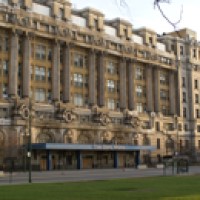
In 1864, the Chicago Medical Society reported that the Poor Farm provides inadequate care. The report recommends the…
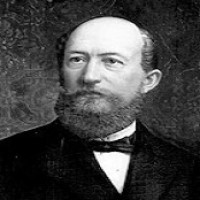
On Aug. 1, 1863, the general partnership “Friedr. Bayer et comp.” was founded in Barmen, Germany by dye…
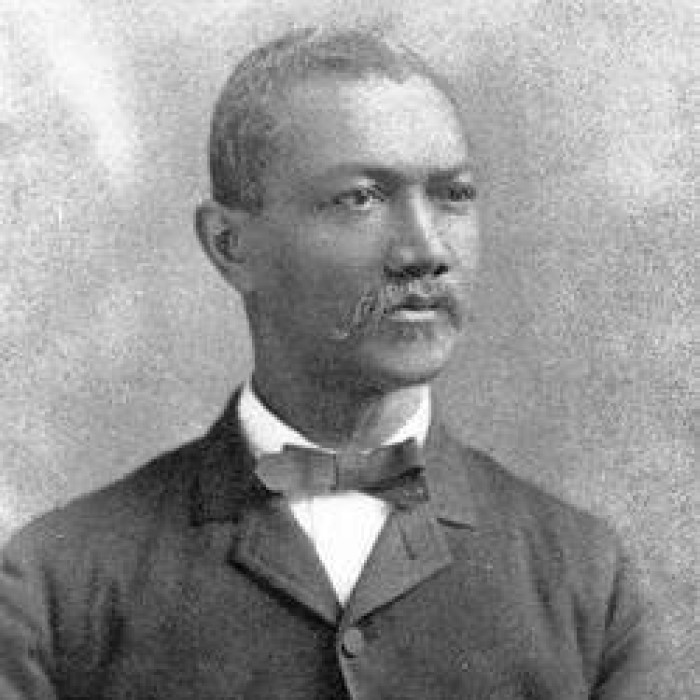
In Apr. 1863, Dr. Alexander Thomas Augusta became the first African American commissioned medical officer in the United…
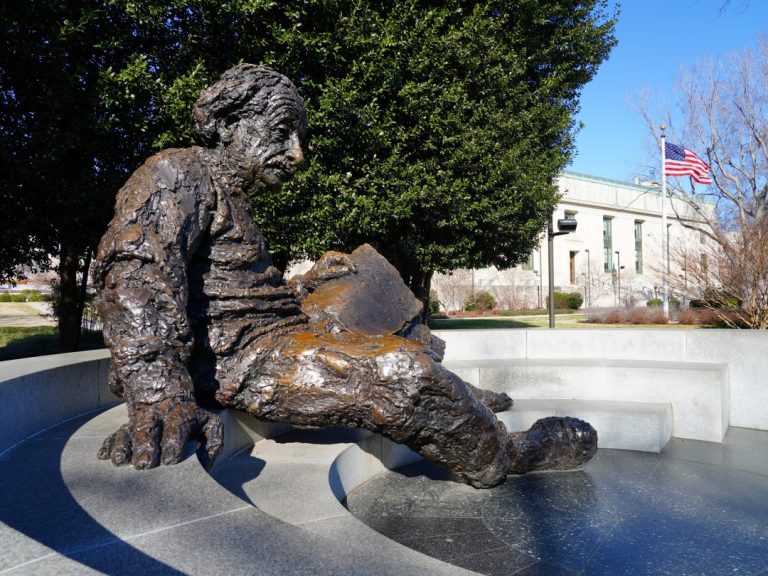
On Mar. 3, 1863, to meet the government’s urgent need for an independent adviser on scientific matters, President…
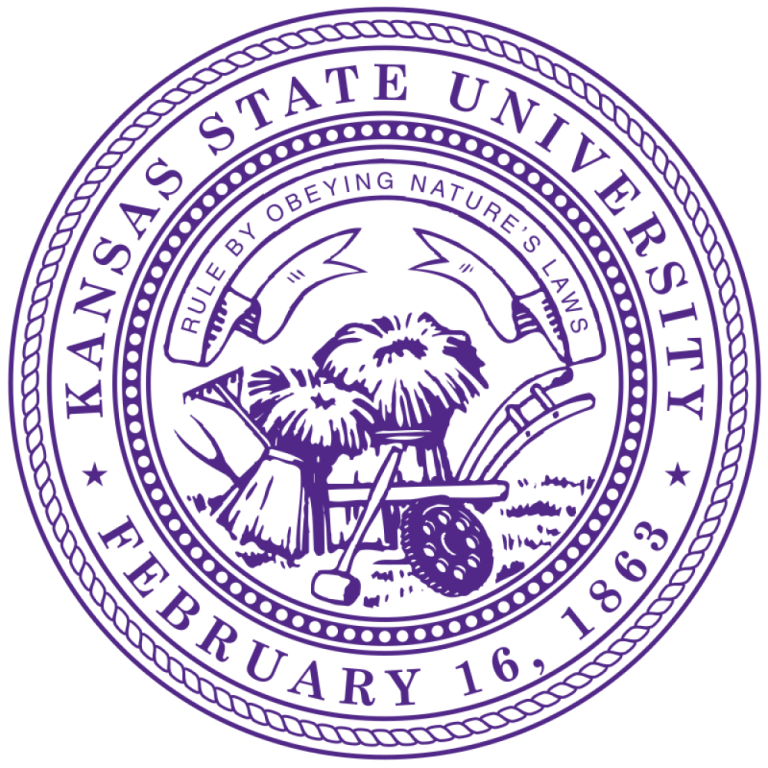
On Feb. 16, 1863, Kansas State University, or K-State, was was founded in Manhattan, during the American Civil…
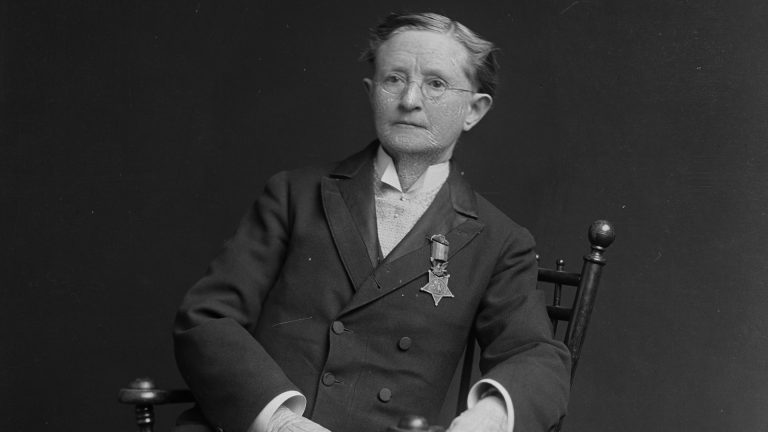
In Sept. 1863, Mary Edwards Walker was employed as a “Contract Acting Assistant Surgeon” by the Army of…
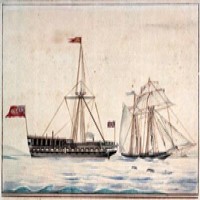
In 1863, New York State’s new Quarantine Act called for a quarantine office run by a health officer…
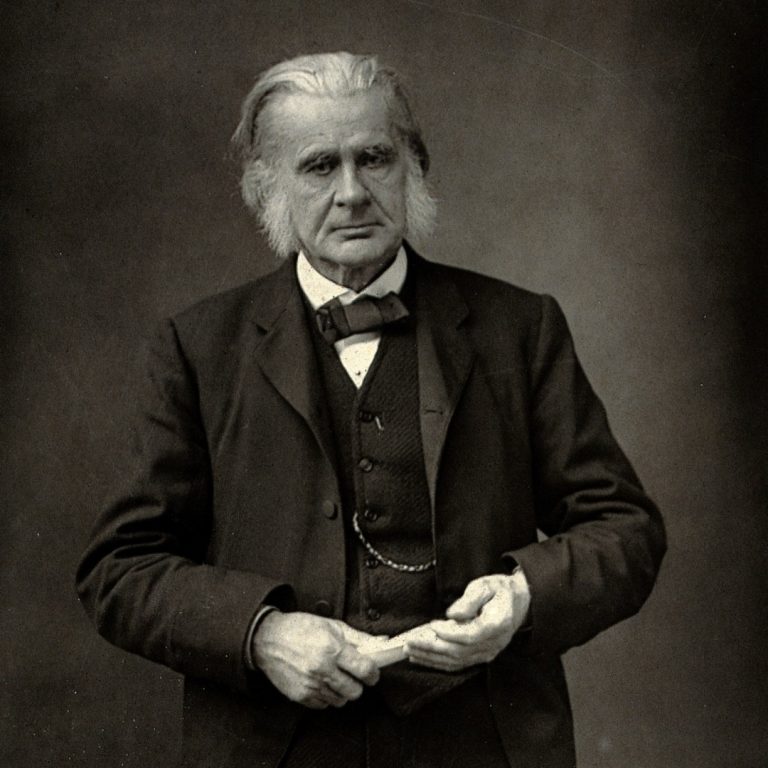
In 1863, English biologist Thomas Henry Huxley known as “Darwin’s Bulldog” for his defence of Charles Darwin’s theory…
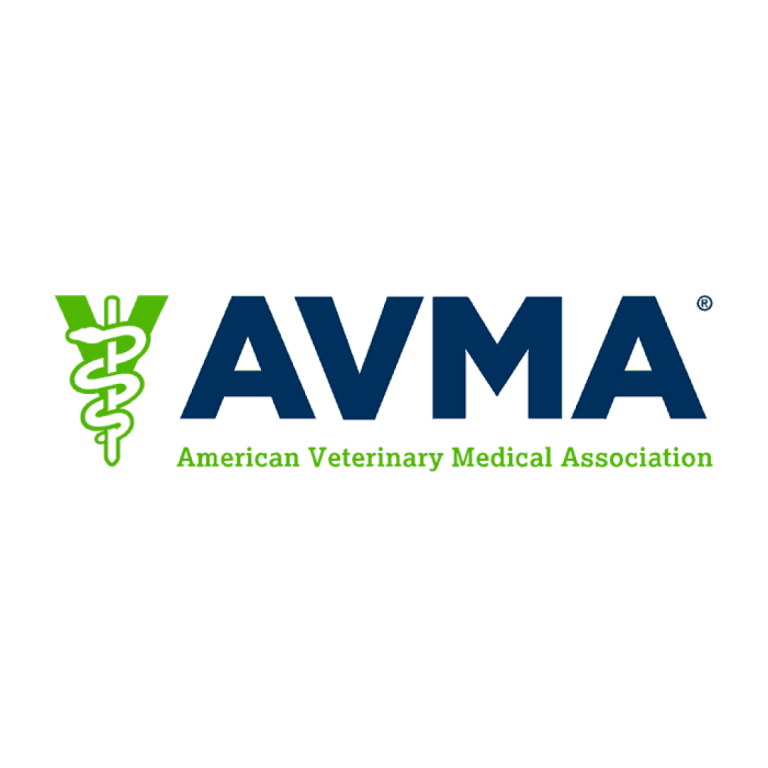
In 1863, the American Veterinary Medical Association (AVMA) was established. The AVMA, a not-for-profit association, is one of…
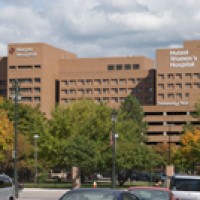
In 1863, Harper Hospital was founded to treat wounded Civil War soldiers. It eventually became Harper University Hospital….
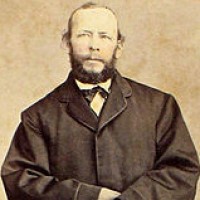
In 1863, Francis Peyre Porcher, a Confederate surgeon (Faculty, School of Medicine of the Medical College of the…
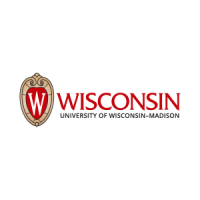
In 1863, the first women students were admitted to the University of Wisconsin in the Normal Department.
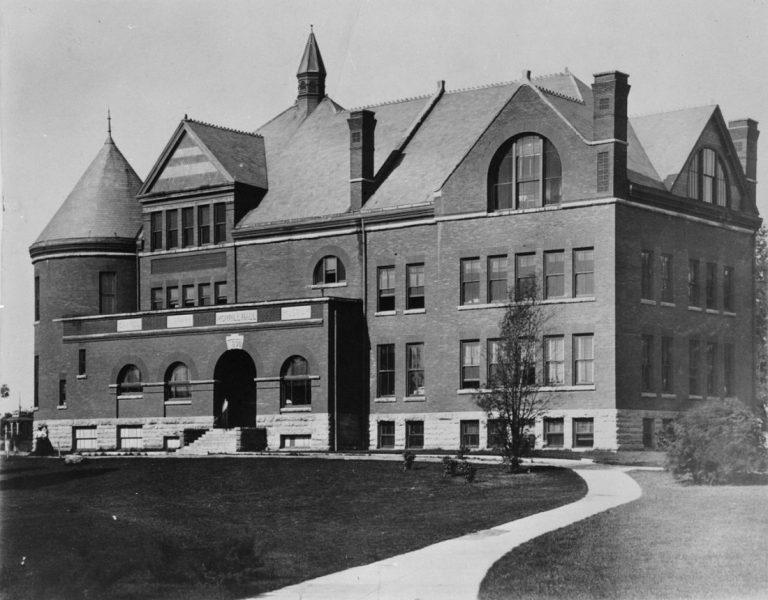
On Sept. 12, 1862, Iowa became the first State in the Nation to accept the terms and conditions…
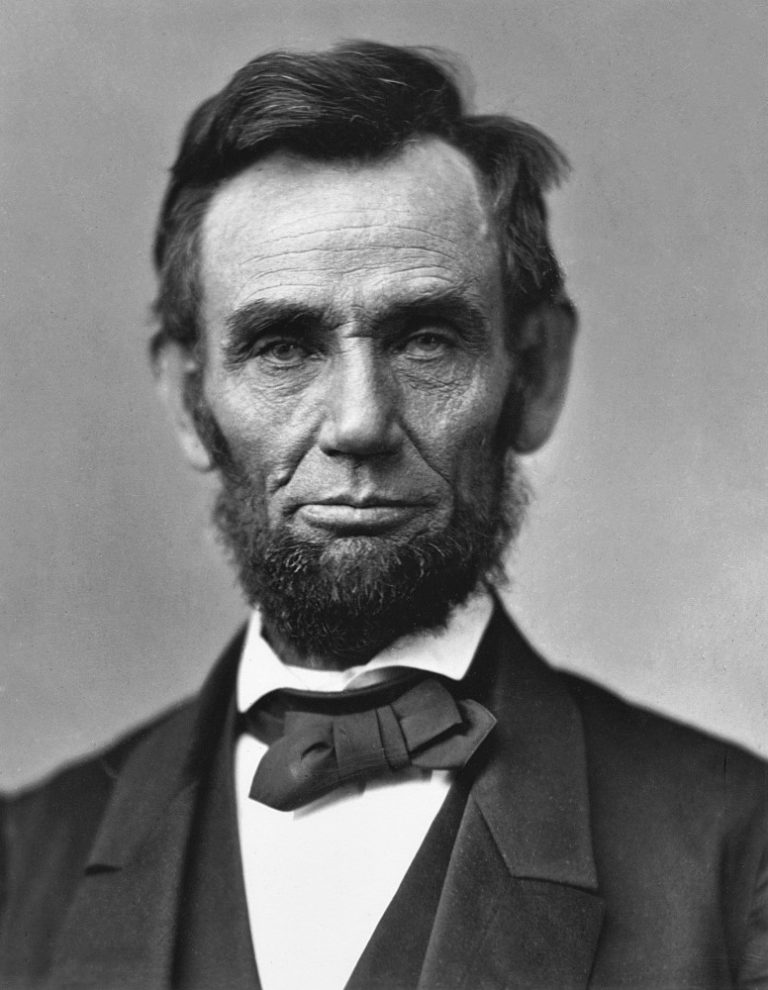
On May 15, 1862, the Organic Act established the Department of Agriculture (USDA) and directed its commissioner to…
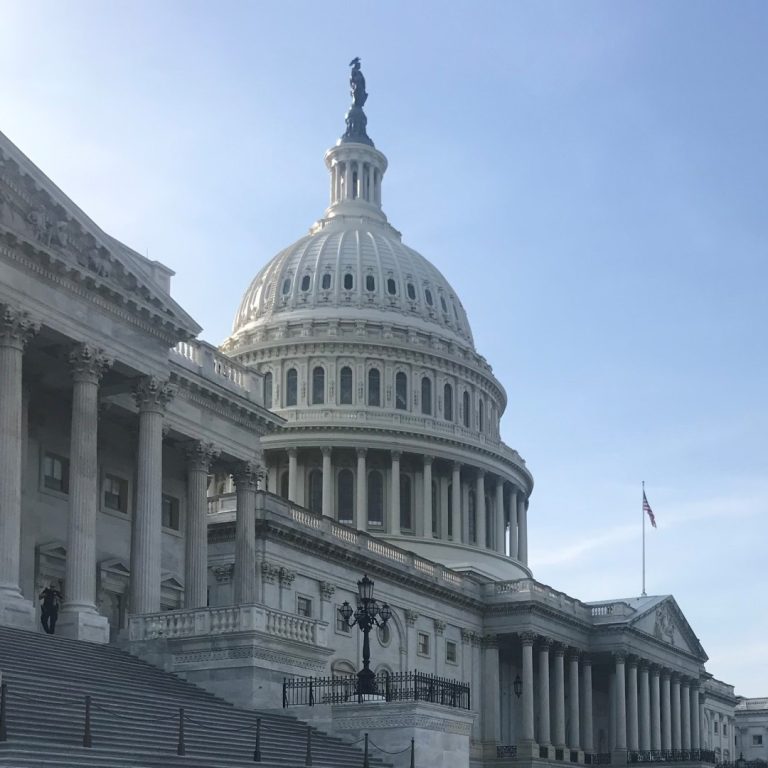
On Apr. 27, 1862, the Tariff Act, also known as the Dallas Tariff, exempted foreign plants and trees…
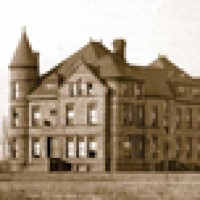
In 1862, the University of South Dakota was founded by the Dakota Territorial Legislature in Vermillion, making it…
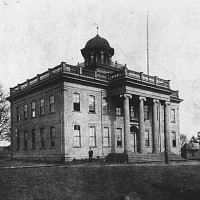
On Nov. 4, 1861, the University of Washington (UW) was founded in Seattle. As of October 2020, the…
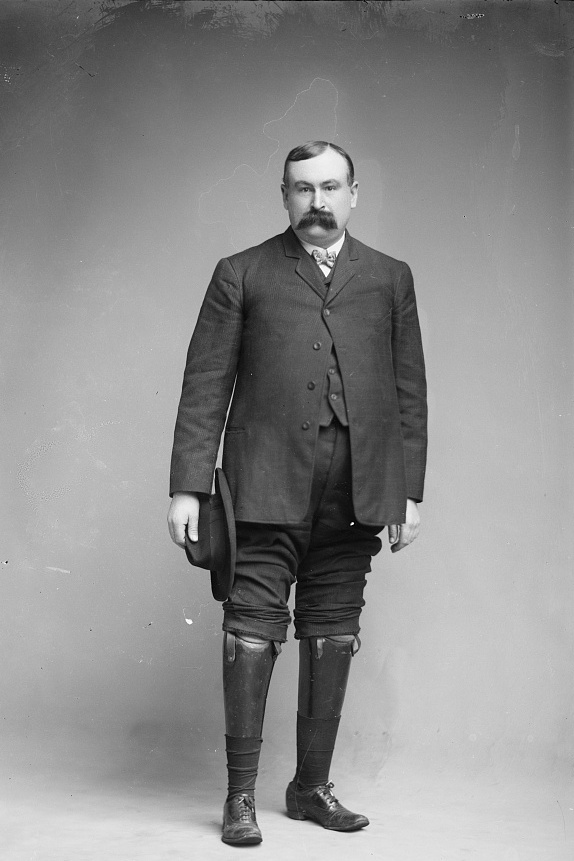
On Jun. 3, 1861, James Edward Hanger becomes the first amputee of the American Civil War. By the…